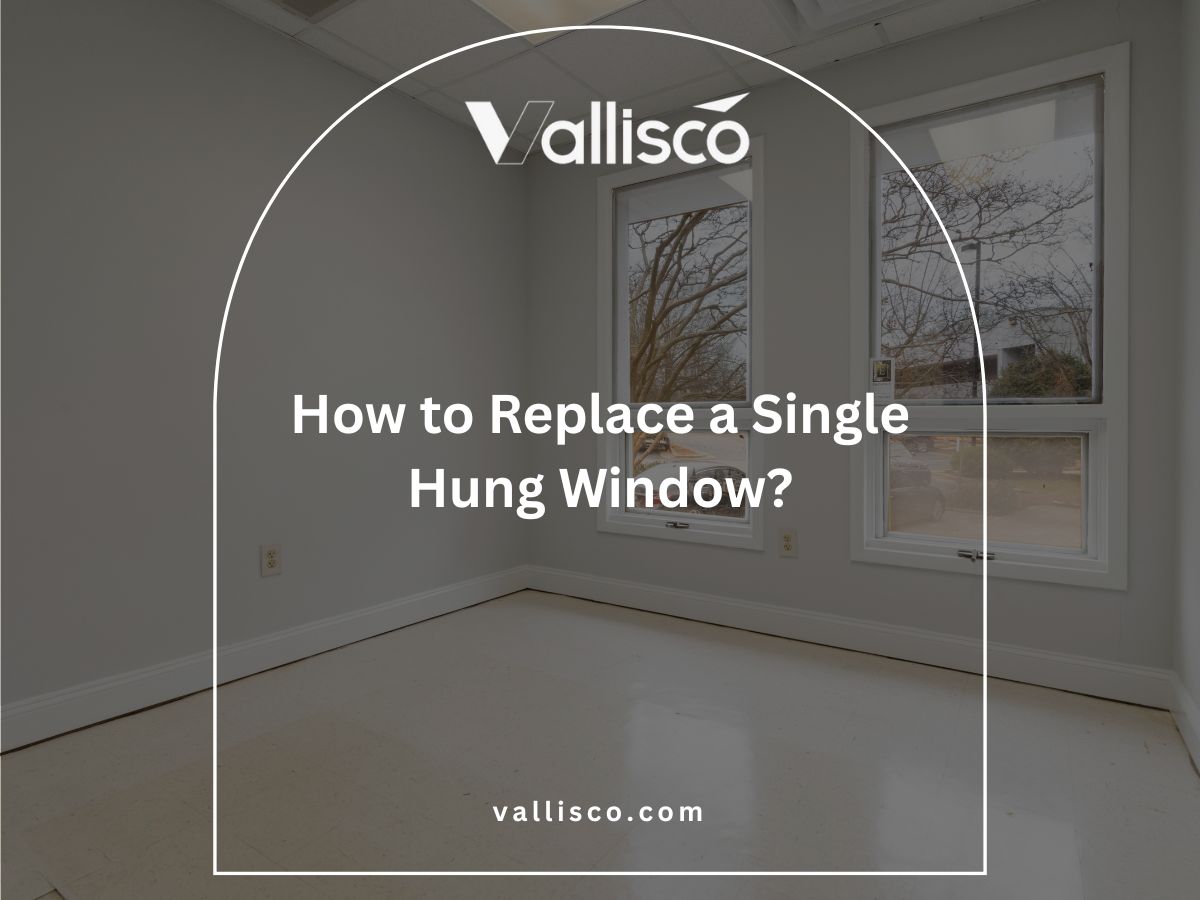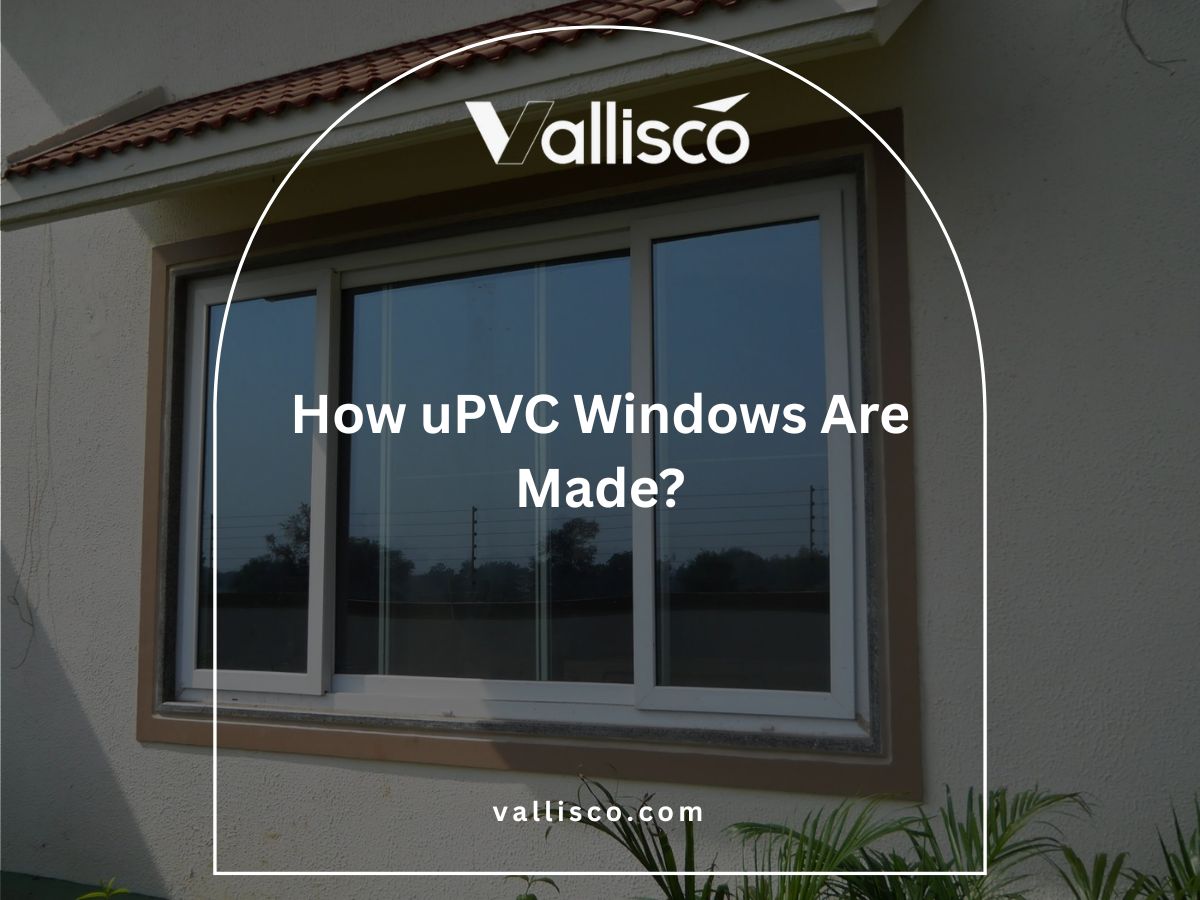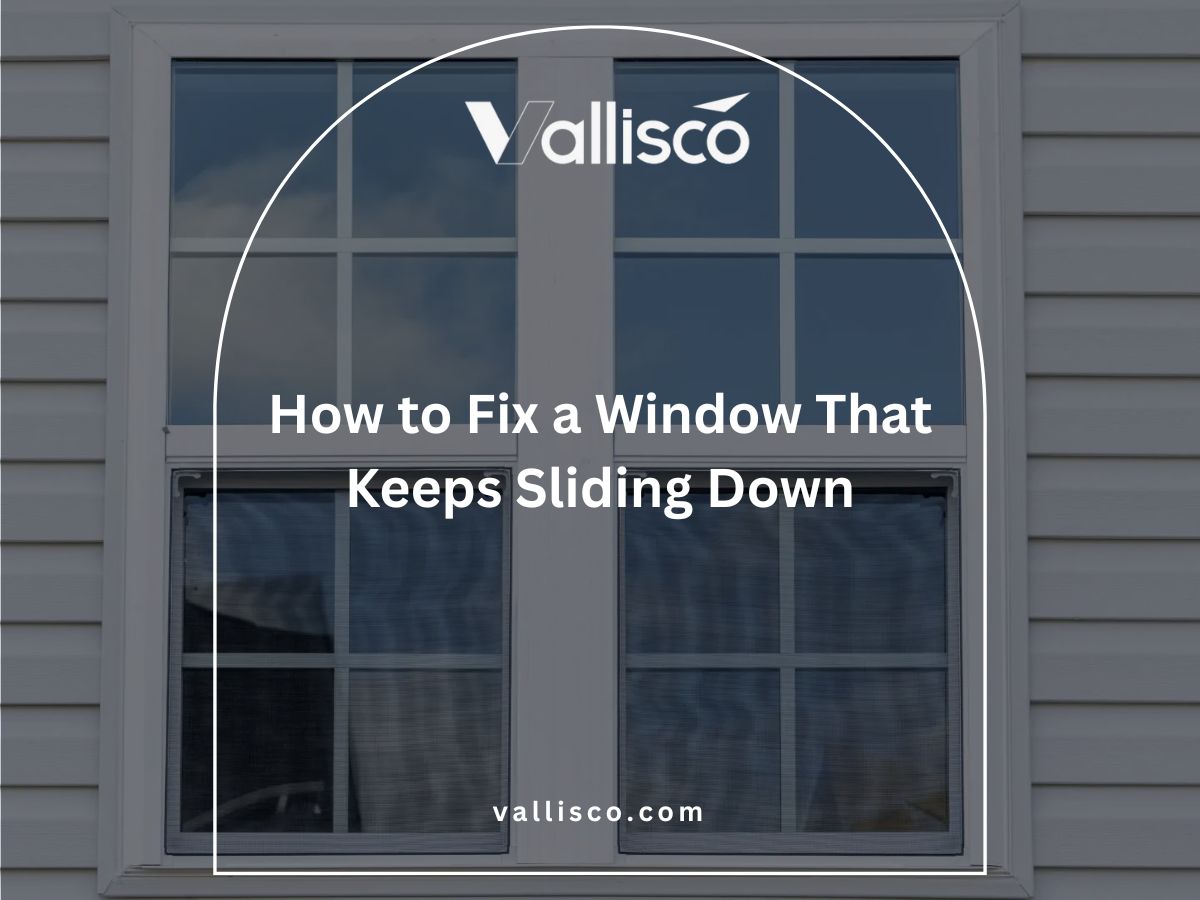I first came across a top hung window while inspecting a villa project. The design looked simple, but the way it managed airflow caught my attention right away.
That experience made me curious about why architects and builders choose this style over others.
Over the years, I’ve worked with property teams, contractors, and owners who need practical answers, not sales talk. My reviews come from what I’ve seen in real projects and honest feedback from people who installed these windows.
In this article, you’ll learn what a top hung window is, how it works, and where it’s best used. By the end, you’ll have the information you were searching for.
So if you’re wondering whether this type of window fits your next project, you’re in the right place.
So let’s get down to it!
1. What Is a Top Hung Window?
I first came across a top hung window while inspecting a villa project. The sash, which is the framed part of the glass, was hinged at the top and opened outward. It allowed fresh air to flow in while keeping rain out. That detail stood out to me because it showed how design can solve everyday problems in a simple way.
Compared to other windows, the difference is easy to notice. A side hung window swings open from the side. A sliding window moves along a track. A top hung window tilts from the top hinge, creating steady airflow without drafts.
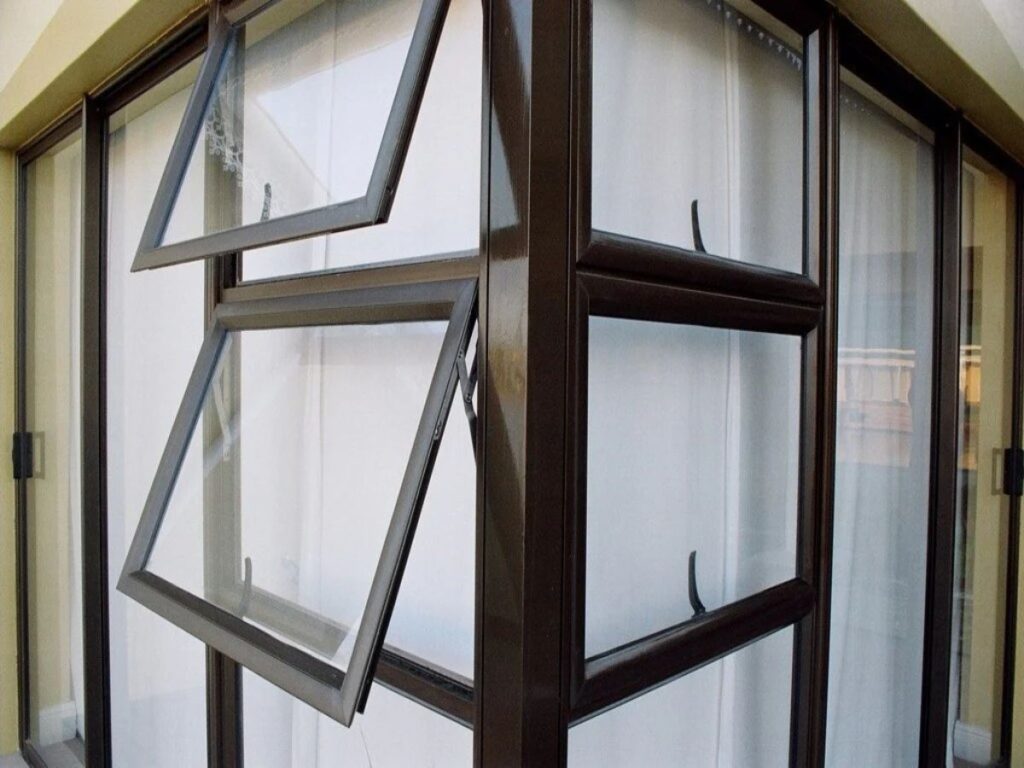
2. How a Top Hung Window Works
At first glance, a top hung window may look ordinary, but the way it operates is different. The design is centered on the hinge placement and the way the sash moves outward. Once you see the parts working together, you realize how this style manages airflow and protection at the same time.
Hinge Mechanism
The working principle starts with hinges fixed at the very top of the frame. Because of this, the sash tilts outward instead of sideways. Slim arms, called friction stays, guide the movement and keep the sash steady at the chosen angle. I’ve seen these in hotel corridors where the windows stayed open without rattling, even during windy weather.
Operation
You open the window by using a handle placed at the bottom edge of the sash. When pushed outward, the sash tilts away from the frame, creating a gap at the bottom for air to enter. This design means you can leave it slightly open even while it rains outside. I’ve tested it myself, and no water came inside.
Visualizing the Design
Think of a rectangle for the frame, another for the sash, and a row of hinges at the top edge. When you push the handle, the bottom tilts outward while the top stays anchored. This simple action allows airflow without exposing the interior. A quick sketch can make the mechanism clear for anyone new to window fittings.
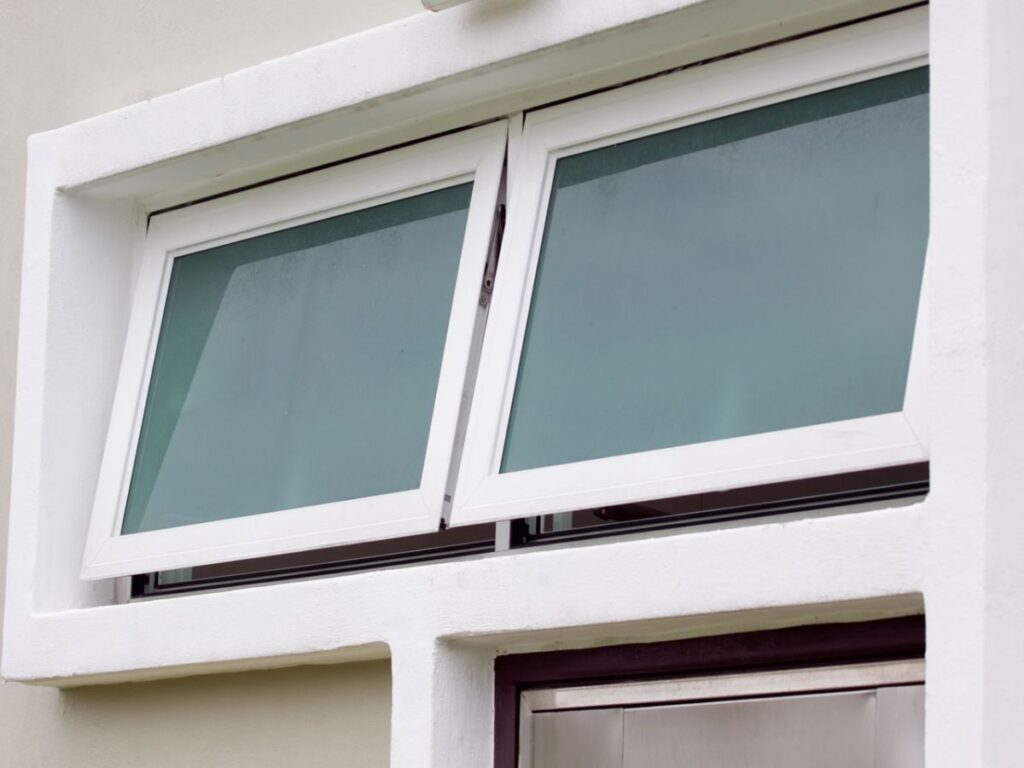
3. Benefits of a Top Hung Window
Top hung windows bring more than one advantage to both residential and commercial projects. Their design helps with airflow, safety, weather resistance, and even the appearance of a building. These benefits often become clear once you compare them to other window styles.
Ventilation
The outward tilt allows steady airflow while blocking rain from entering. I noticed this in a guesthouse bathroom, where the air stayed fresh and dry even during a heavy storm. For humid spaces like bathrooms and kitchens, this design keeps the air moving while protecting the interior.
Safety
These windows also add safety for both families and commercial spaces. Because the sash opens outward and can be placed higher on the wall, children cannot reach the handle easily. At the same time, the narrow opening at the bottom makes it harder for intruders to access the property.
Weather Resistance
A top hung window performs well against tough weather conditions. Rainwater slides off the tilted sash instead of seeping inside, and strong winds often push the sash more firmly against the frame. I once visited a coastal hotel with these windows, and they kept the rooms secure and dry despite constant wind and rain.
Aesthetic Value
Along with performance, these windows bring a clean and modern look to buildings. Their slim design works well in villas where style is important, and they also fit neatly into hotels where guests expect comfort. Walking through a bright corridor lined with top hung windows shows how a small design choice can upgrade the feel of a property.
4. Key Features of Top Hung Windows
When you look closely at top hung windows, several features explain why they are so widely used. I’ve seen them in villas, hotels, inns, and even greenhouses, and the same strengths come up every time. These details affect how the window performs, how it looks, and how easy it is to live with.
- Materials: Top hung windows are often built from aluminum, uPVC, or glass-composite frames. Aluminum provides strength and slim frames, uPVC offers an affordable, low-maintenance option, and glass-composite blends performance with energy efficiency. Vallisco specializes in these materials, making them suitable for both modern and traditional projects.
- Opening Style: The sash tilts outward and is controlled by friction stays, slim metal arms that hold the position. You can open it just a little for airflow or push further when you want stronger ventilation. I liked how it stayed steady in a hotel corridor even with crosswinds blowing.
- Locking Systems: Handles usually come with locks, and multipoint systems add another layer of security. This feature keeps the window secure while still being easy to use. I noticed in one project how staff appreciated the quick locking action during routine checks.
- Durability: These windows perform well under different weather conditions. Rainwater runs off the tilt, and the frame materials resist wear with little upkeep. I saw them hold up in a coastal inn where other window styles had constant maintenance problems.
- Ease of Cleaning: Because they open outward, it’s easier to clean both sides of the glass from inside the building. This feature saves time for maintenance teams in hotels and large villas. I’ve watched cleaners finish rows of windows quickly without needing special tools.
- Energy Performance: Many designs are built with tight seals and quality glazing. This helps reduce drafts and manage indoor temperatures better. In one greenhouse project, the energy savings became clear after only a few months of use.
- Customization Options: These windows come in a range of sizes, colors, and finishes. That flexibility allows them to blend into traditional villas or modern hotels. I’ve seen clients appreciate being able to match them with existing doors and fittings.
Taken together, these features make top hung windows a practical and attractive choice for both residential and commercial projects. They bring efficiency, safety, and design flexibility into one window style.
5. Common Applications and Best Placement
After looking at features, the next step is understanding where these windows work best. Their strengths make them suitable in specific spaces where airflow and protection matter most.
Residential Homes & Villas
Bathrooms stay fresh because steam escapes without rain slipping inside. Kitchens feel cooler with better airflow, and staircases benefit from natural light and circulation. I once walked through a villa staircase lined with top hung windows, and the entire space felt brighter and less confined.
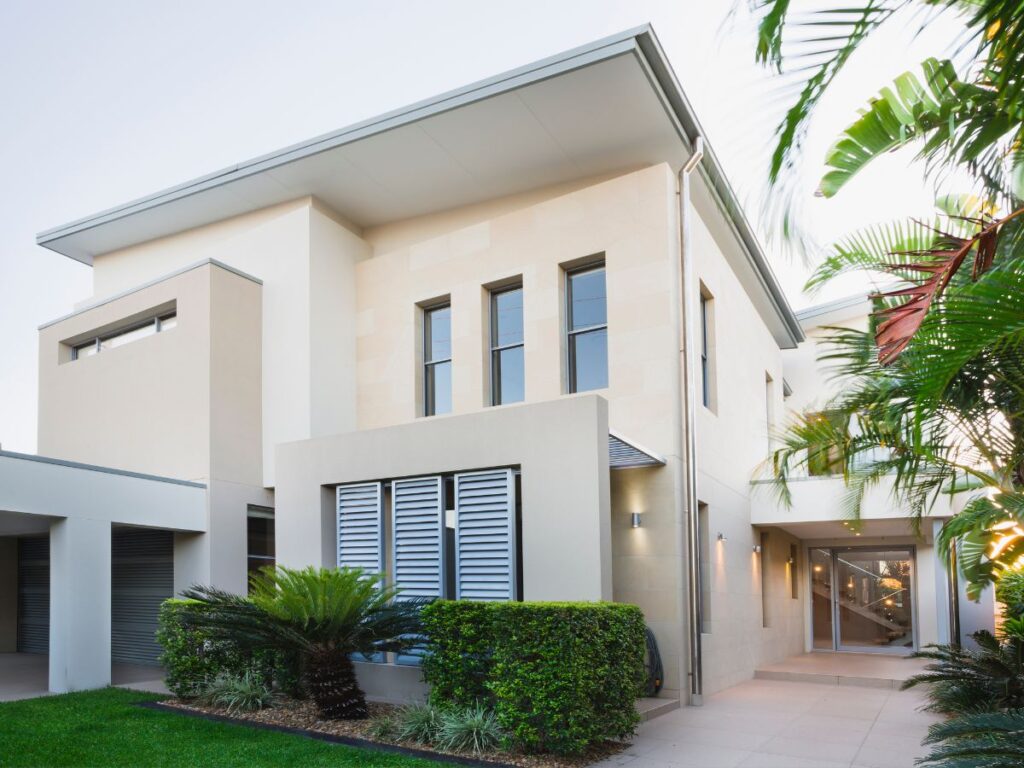
Hospitality
Hotels, inns, and B&Bs use these windows in guest rooms and hallways. Guests enjoy ventilation without dealing with rain or outside noise, and hallways feel less stuffy for visitors. I stayed in a small inn where the top hung windows kept corridors comfortable even during the humid season.

Greenhouses
Greenhouses benefit because the outward tilt allows hot air to rise and escape while cooler air flows in. This natural balance reduces humidity and helps plants thrive. I once visited a greenhouse where rows of top hung windows created a steady climate without heavy use of fans or cooling systems.

6. Top Hung vs. Side Hung vs. Other Window Types
Choosing between window types is easier when you see all the factors side by side. I’ve compared them in many projects, from villas to hotels, and the differences always show up in how they handle airflow, safety, and upkeep. This table organizes those details clearly.
| Window Type | Description | Ventilation Control | Safety | Maintenance | Aesthetic Appeal | Not Ideal For | Best For |
| Top Hung | Hinged at the top, tilts outward, held by friction stays | Good airflow, even in rain | Safer for children, harder for intruders | Low upkeep with aluminum or uPVC | Sleek, modern look for villas and hotels | Large openings where maximum airflow or escape routes are needed | Bathrooms, kitchens, staircases, higher wall placement, rain protection |
| Side Hung | Hinged at the side, swings open like a door | Strong airflow with wide opening | Less safe if low, easier for intruders | Hinges may need more care over time | Traditional look, works with classic designs | Small or high wall spaces where rain protection matters | Wide openings, maximum airflow, emergency exits |
| Sliding | Moves horizontally along a track | Limited airflow compared to hinged styles | Moderate safety, depends on locks | Tracks collect dirt and need cleaning | Simple, neat style for modern builds | Rooms needing stronger ventilation or better rain protection | Saving space, balconies, areas with limited clearance |
This comparison shows that no single window works for every setting. Top hung windows stand out for ventilation and safety, but side hung and sliding styles have their own uses depending on the space.
7. Installation and Maintenance Tips
Installing top hung windows in commercial spaces like hotels, villas, or inns requires more care than in residential buildings. When you pay attention to the details, these windows perform better and last longer under frequent use.
Pre-Installation Planning
- Accurate Measurement: You need precise measurements so the sash fits smoothly without gaps. Even the smallest miscalculation can affect how the window works.
- Load Calculation: Commercial projects usually involve larger openings, so frame strength matters more. Checking load requirements early prevents stress on the structure.
- Frame Thickness: I find thicker frames make a noticeable difference in heavy-use areas. Vallisco offers commercial-grade aluminum profiles that provide this strength and stability.
Professional vs. DIY
- Professional Teams: For commercial projects, professional installers are the safer choice. They understand sealing, safety codes, and how to handle larger frames.
- DIY Challenges: Doing it yourself often looks easier than it really is. In busy spaces like hotels, small mistakes can lead to ongoing repairs.
Sealing & Insulation During Install
- Sealing Gaps: Proper sealant is one of those details you don’t notice until it’s missing. It blocks leaks and keeps the frame in good condition.
- Thermal Insulation: Insulation around the frame makes rooms more comfortable. It also lowers energy costs by reducing drafts and outside noise.
8. Key Considerations Before Choosing a Top Hung Window
Before you decide on top hung windows, it’s worth taking a closer look at a few key factors. These details shape how well the windows will perform and how well they will match your project. By weighing them carefully, you can avoid mistakes and feel more confident in your choice.
Space Availability
Top hung windows tilt outward, so there must be enough room outside for the sash to move freely. If clearance is too tight, the window could hit nearby walls, railings, or even exterior fixtures. Measuring the space early makes installation easier and helps avoid costly adjustments later.
Building Style
The style of the building also influences whether top hung windows are a good fit. Aluminum frames offer a slim, modern look that works well with minimalist designs. Timber frames, on the other hand, blend with traditional architecture and bring a warm finish. This flexibility makes them suitable for both new builds and renovations.
Budget
Material choice often defines the budget for windows. Aluminum and uPVC frames are generally the more cost-effective options, and they require less maintenance. Timber frames add charm and character, but they are priced higher and may need more care over time. Knowing your budget upfront helps narrow down the right option.
Climate Factor
Top hung windows are especially useful in humid or rainy climates. Their outward tilt allows air to circulate while keeping rainwater outside. This design helps prevent dampness and mold from building up indoors. In drier climates, other window types may serve just as well.
Conclusion
A top hung window isn’t just a piece of glass. It’s airflow in your bathroom, safety in your hallways, and a cleaner design for your property. You’ve seen the benefits, the drawbacks, and even how it compares to other types.
The real question is: where will you place yours? And when will you take the first step?
Start planning today. Contact Vallisco now.
Recommended Reads for You
Interested in more? Here are some additional articles with insights and tips to keep you informed:
Still haven’t found what you’re looking for? Don’t hesitate to contact us. We’re available around the clock to assist you.





